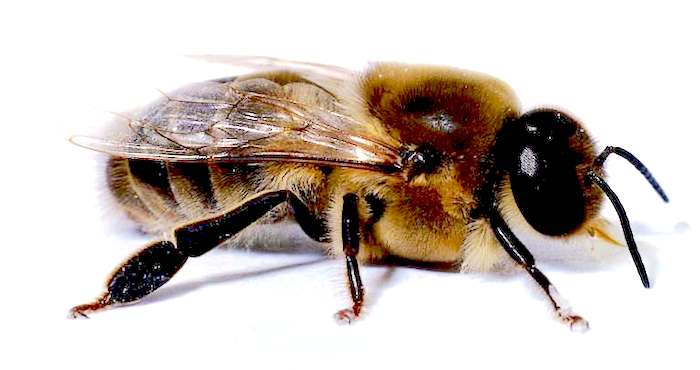Honey bee diseases
Honey bees are susceptible to a variety of diseases and parasites.
Some common ones include:
- American foulbrood: This is a bacterial disease that infects the larvae, causing them to die. It is highly contagious and can spread quickly through a hive.
- European foulbrood: This is a bacterial disease that also infects the larvae and causes them to die. It is less severe than American foulbrood and can be treated with antibiotics.
- Nosema: This is a fungal disease that infects the intestinal tract of adult bees, causing diarrhea and weakness.
- Varroa mites: These external parasites feed on the blood of adult bees and can transmit viruses from one bee to another.
- Acarine disease: This is a disease caused by a mite called Acarapis woodi. It infects the tracheal tubes of adult bees, causing difficulty breathing and eventually death.
There are many other diseases and parasites that can affect honey bees, and it is important for beekeepers to monitor their hives closely for any signs of illness. If you suspect that your bees may be infected with a disease, it is important to consult a beekeeping expert or a veterinarian who specializes in bees for proper diagnosis and treatment.








Leave A Comment